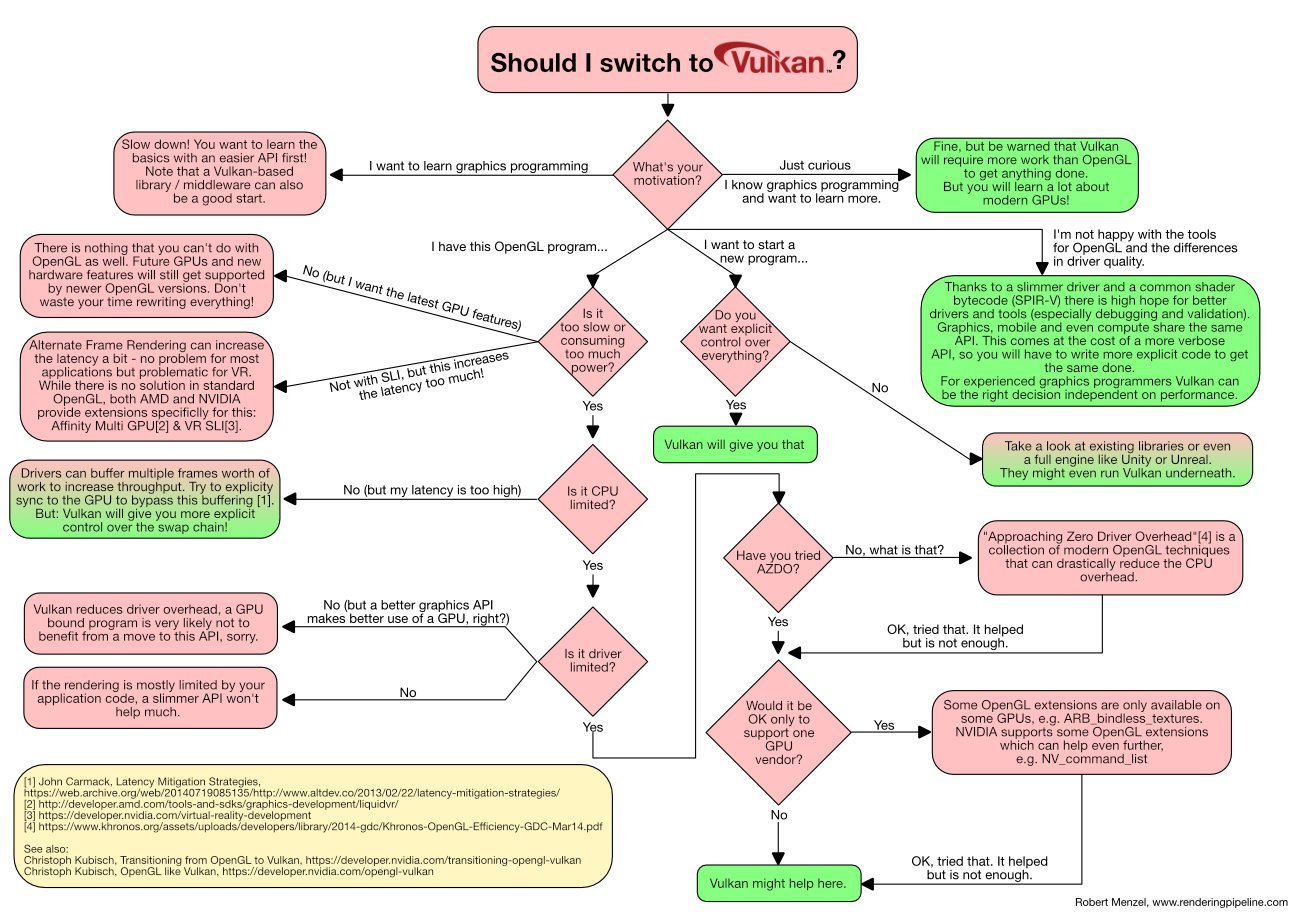- 12:28 PM
- 0 Comments
Summer is comming... We are said that light takes a bit more than 8 minutes to travel from Sun surface to Earth, that is a increbible distance.
I always get amazed when thinking about how long new born photon takes to leave the Sun. Sun radious is "only" 696.300 km, less than 214 times smaller than the distance between Earth and our star. But the interior of the sun is a seathing plasma with a huge density of hydrogen, and free electrons. Photons are continuously being briefly absorbed and released by atoms in the Sun, and they scatter it in a new random direction until they escape from it.
Stars' core are like an almost infinite laberinth for photons
Physical models take into account lots of variables like the number of protons, their separation, the distance traveled, the different density of each of the areas of the star... Most of them predicts that they need about 170 000 years photons to reach the surface. At that time they are 'free' to travel through space and impacting the atmosphere and finally on our retinas after reflected on objects.
So, our sun glasses and beach umbrellas are protecting us from light rays that emerged of the sun more or less at the time when early humans began to wear clothes. That is, "a couple of great glaciations eras" into human story scale.
I always get amazed when thinking about how long new born photon takes to leave the Sun. Sun radious is "only" 696.300 km, less than 214 times smaller than the distance between Earth and our star. But the interior of the sun is a seathing plasma with a huge density of hydrogen, and free electrons. Photons are continuously being briefly absorbed and released by atoms in the Sun, and they scatter it in a new random direction until they escape from it.
Stars' core are like an almost infinite laberinth for photons
Physical models take into account lots of variables like the number of protons, their separation, the distance traveled, the different density of each of the areas of the star... Most of them predicts that they need about 170 000 years photons to reach the surface. At that time they are 'free' to travel through space and impacting the atmosphere and finally on our retinas after reflected on objects.
So, our sun glasses and beach umbrellas are protecting us from light rays that emerged of the sun more or less at the time when early humans began to wear clothes. That is, "a couple of great glaciations eras" into human story scale.
- 12:10 PM
- 0 Comments
Some months ago, I was completely astonished when I visit Quini's LinkedIn profile.
One of the most complete resumes I've ever seen.
These last weeks, I have been filling in mine. But, I'm not sure how many details should "populate" a LinkedIn profile, without overcrowding it. Obviously, it should not become another academic CVN 'web-based version' of 30-40 pages.
I'm already looking for a trade-off.
The sake of completeness bores and confuses any possible visitor. In fact, too much details make people not to see the wood for the trees.
For example, I have not included my 16 teaching books, in order to emphasize peer-reviewed publications.
However, cutting down too many 'branches' could deemed some interesting aspects of my professional career.
Well, I suposse it is an iterative process. :-)
One of the most complete resumes I've ever seen.
These last weeks, I have been filling in mine. But, I'm not sure how many details should "populate" a LinkedIn profile, without overcrowding it. Obviously, it should not become another academic CVN 'web-based version' of 30-40 pages.
I'm already looking for a trade-off.
The sake of completeness bores and confuses any possible visitor. In fact, too much details make people not to see the wood for the trees.
For example, I have not included my 16 teaching books, in order to emphasize peer-reviewed publications.
However, cutting down too many 'branches' could deemed some interesting aspects of my professional career.
Well, I suposse it is an iterative process. :-)
- 10:21 AM
- 0 Comments
One of my favourite patent applications has been granted this week.
Are not you tired of seeing sticks in photographs?
Instagram, Flickr, Facebook and many other websites are completely invaded by bright sticks. They steal the limelight from people. :-/


My invisible selfie-stick (ES 2551390 B2) solves this technical problem in a simple and elegant way. In fact, it is a so simple and fast algorithm, that could be implemented in real time for video recording.
But it has been a very instructive exercise of writing and ... has been granted in only 8 months!
I'm really surprised. And happy, of course !
- 10:26 AM
- 0 Comments
We've been waiting for this moment since Tensorflow was open-sourced.
I have been struggling with 5 different versions of Bazel and lots of code patches in Tensorflow to make it work on my humble machines (because Cuda capability 3.0 is not official supported, I will write about the final distilled steps in a future post), but I was terribly disappointed when I discovered that distributed computation was not supported in the initial release.
Fortunatelly, some Spark presentations and github repositories pointed to this feature to be supported soon.
And finally, today, an initial version of the distributed runtime, based on gRPC, has just been pushed into the official TensorFlow repository.
It's very promising...
Actualization (13th April'16): Official distributed version has just been released (release candidate).
I have been struggling with 5 different versions of Bazel and lots of code patches in Tensorflow to make it work on my humble machines (because Cuda capability 3.0 is not official supported, I will write about the final distilled steps in a future post), but I was terribly disappointed when I discovered that distributed computation was not supported in the initial release.
Fortunatelly, some Spark presentations and github repositories pointed to this feature to be supported soon.
And finally, today, an initial version of the distributed runtime, based on gRPC, has just been pushed into the official TensorFlow repository.
It's very promising...
Actualization (13th April'16): Official distributed version has just been released (release candidate).
- 10:45 AM
- 0 Comments

Vulkan 1.0 specification has just been released (three hours ago).
It has been a long wait, but it looks it deserve. Specially when OpenGL driver execution is your main bottleneck.
Most of official documention from Khronos Group is available in Github (docs, samples)
Intel, nVIDIA, AMD, Imagination (PowerVR), Qualcomm and others have released tons of content: articles, samples, demos and... new Vulkan drivers!.
Here you can find a list with all the graphic cards that have passed conformance tests. At first sight, nVIDIA GeForce graphic cards higher than 640(M / GTX) accomplish all the requisites; so, all gamers with a three-years-old (or newer) card can be happy :-)
nVIDIA has been specially active in Vulkan divulgation and promotion. :-)
A brief list of programming resources:
- GPUOpen Vulkan (AMD) with software, articles
- Presentations
- Vulkan overview (Feb'16)
- GDC 2016
- nVIDIA -- High-Performance, Low-Overhead Rendering with OpenGL and Vulkan
- nVIDIA -- Vulkan and NVIDIA The Essentials
- Siggraph 2015
- nVIDIA -- Vulkan on NVIDIA GPUs (slides, video)
- Intel -- Vulkan on Intel Graphics (video)
- Khronos –Vulkan Overview
- GTC 2015
- Khronos API Standards Update: Including Vulkan, OpenCL 2.1 and SPIR-V (Video)
- Tutorials
- AMD – Vulkan Renderpasses
- nVIDIA – Open-Source Vulkan C++ API
- nVIDIA – OpenGL like Vulkan
- nVIDIA – Transitioning from OpenGL to Vulkan
- nVIDIA – Vulkan Memory Management
- nVIDIA – Vulkan Shader Resource Binding
- Programming and Code samples
- Khronos – Vulkan Registry
- Khronos – Vulkan 1.0 Quick Reference
- Khronos – Vulkan API Reference Pages
- nVIDIA – Vulkan on Android
- nVIDIA – Vulkan Choppers
- nVIDIA – Open-Source Vulkan C++ API
- nVIDIA – OpenGL and Vulkan comparison on rendering a CAD scene using various techniques
- VulKan ToolS (examples, docs)
- Examples and demos for the new Vulkan API
I think this image from Robert Menzel is really illustrative about Vulkan API:

- 8:33 AM
- 0 Comments
More good news !
We have a new paper accepted in Eurographics 2016 Conference !!
Modeling and Estimation of Energy-Based Hyperelastic Objects.
It has been listed in the unofficial Ke-Sen Huang's Home Page already :-D


We have a new paper accepted in Eurographics 2016 Conference !!
Modeling and Estimation of Energy-Based Hyperelastic Objects.
It has been listed in the unofficial Ke-Sen Huang's Home Page already :-D


- 8:37 AM
- 0 Comments








